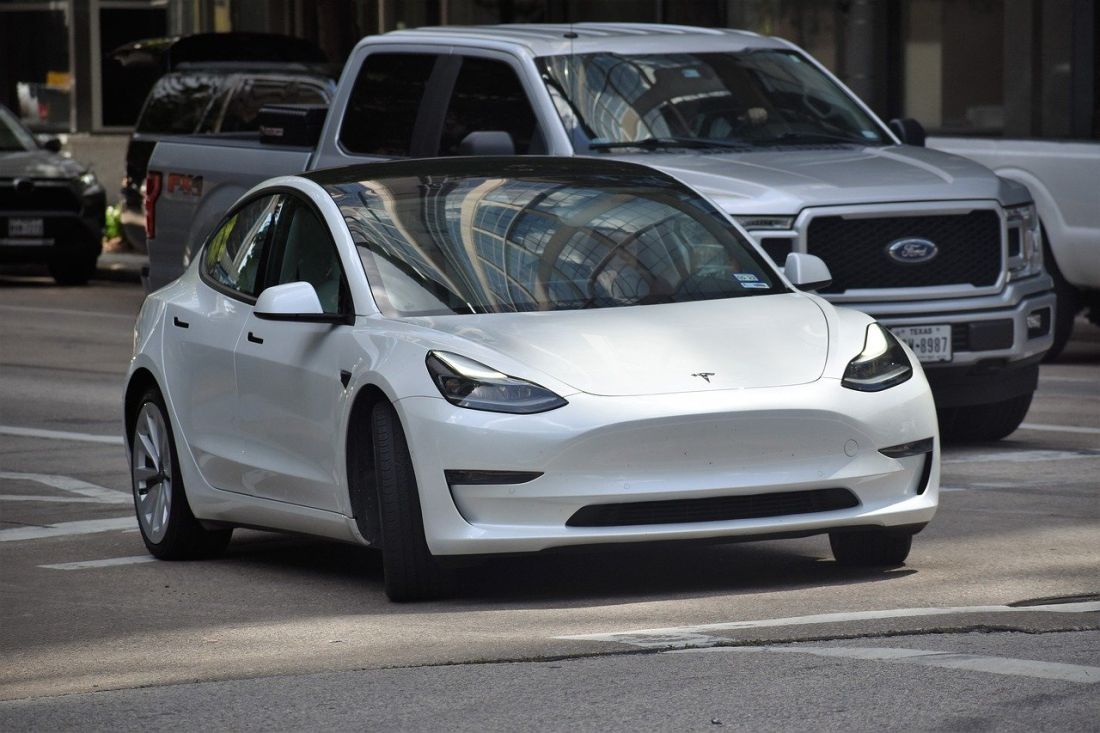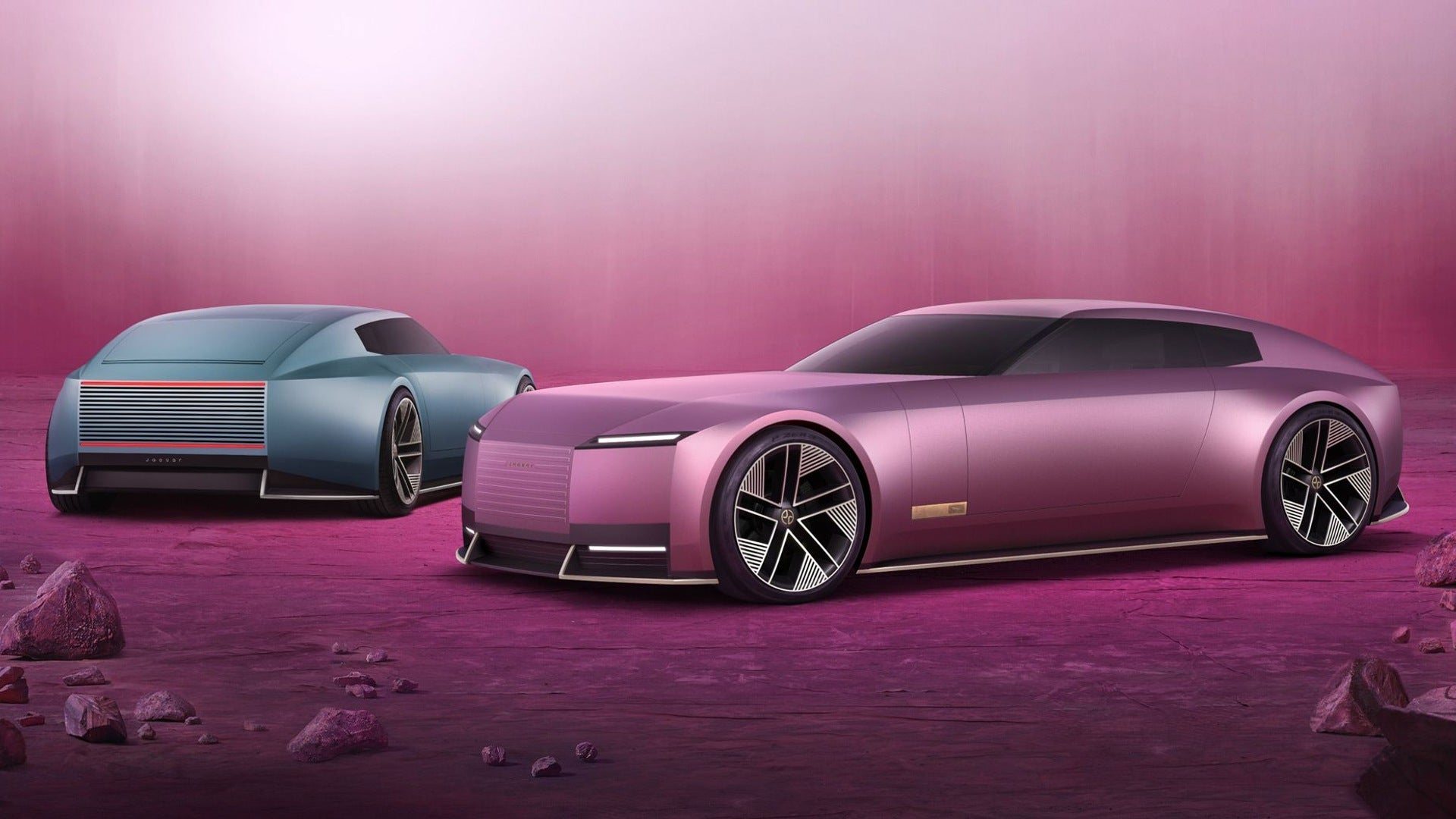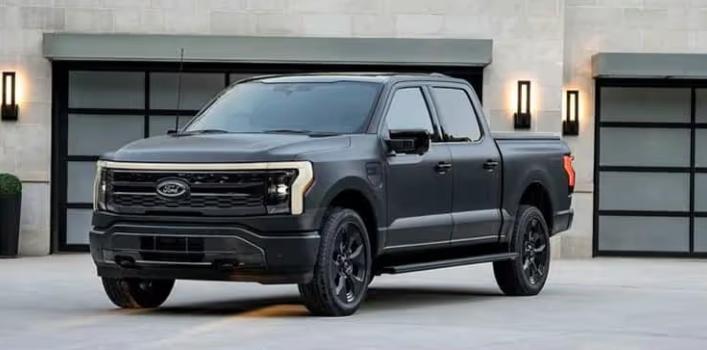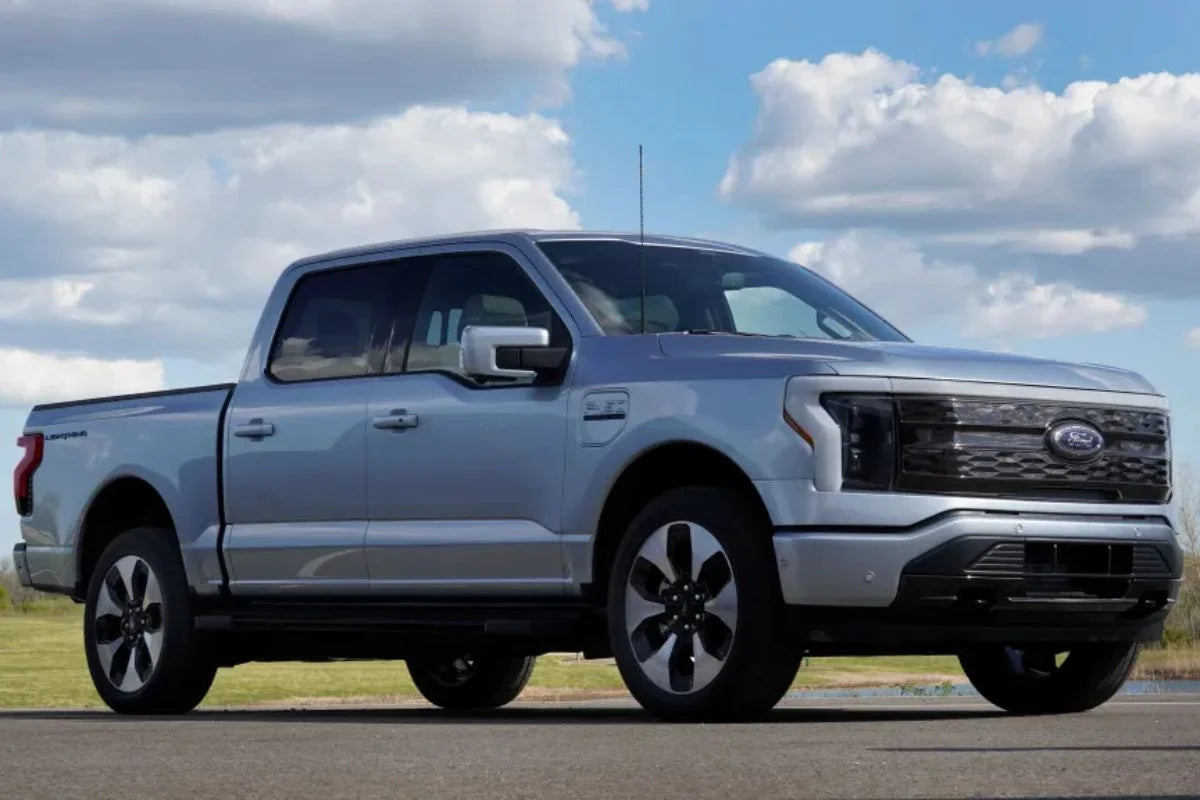La Tesla Model 3 est devenue l'un des véhicules électriques (VE) les plus populaires au monde, reconnue pour son efficacité, son design élégant et son prix abordable dans la catégorie des véhicules électriques haut de gamme. Une question fréquente chez les acheteurs potentiels et les passionnés de véhicules électriques est : quelle autonomie une Tesla Model 3 peut-elle parcourir avec une charge complète ? La réponse dépend de plusieurs facteurs, notamment la finition, les conditions de conduite et les habitudes de recharge.
1. Gamme Model 3 par finition
Tesla propose actuellement plusieurs configurations du modèle 3, chacune avec des capacités d'autonomie différentes en fonction de la taille de la batterie, de la configuration du moteur et du réglage du logiciel.
| Niveau de finition | Autonomie estimée par l'EPA (mi) | Type de lecteur |
|---|---|---|
| Modèle 3 RWD (Base) | 272 milles | propulsion |
| Modèle 3 Longue Portée AWD | 341 milles | Transmission intégrale |
| Modèle 3 Performance AWD | 303 milles | Transmission intégrale |
Données au deuxième trimestre 2025, sujettes à mises à jour en fonction des révisions logicielles ou matérielles.
2. Autonomie réelle par rapport aux cotes EPA
Bien que les estimations de l'EPA fournissent une référence utile, la portée réelle peut varier en fonction de :
-
Style de conduite : Une accélération agressive ou une conduite sur autoroute ont tendance à réduire l'autonomie.
-
Climat : Le temps froid peut affecter considérablement l’efficacité de la batterie.
-
Terrain : Les routes vallonnées ou montagneuses consomment plus d’énergie.
-
Utilisation des accessoires : les systèmes CVC, les sièges chauffants et l'électronique embarquée ont un impact sur l'efficacité.
En moyenne, les conducteurs de Tesla Model 3 déclarent atteindre 90 à 95 % de l'autonomie estimée par l'EPA dans des conditions de conduite mixtes.
3. Considérations relatives à la charge
Pour maximiser l’autonomie et la longévité de la batterie :
-
Évitez de charger à 100 % quotidiennement, sauf si nécessaire.
-
Utilisez le freinage régénératif pour récupérer de l’énergie.
-
Préconditionnez la batterie avant une charge rapide par temps froid.
-
Maintenir la pression des pneus dans les limites recommandées.
Aide visuelle : Comparaison de l'autonomie de la Tesla Model 3

4. Comparaison du Model 3 avec les autres véhicules électriques
Comparée à des concurrentes comme la Hyundai IONIQ 6 (580 km en propulsion longue autonomie) et la Polestar 2 (515 km en monomoteur longue autonomie), la Tesla Model 3 reste une concurrente de taille. Si certaines versions sont légèrement en deçà de l'autonomie maximale, Tesla reste leader en matière de commodité du réseau de recharge et de mises à jour logicielles.
Recharger une Tesla : options et considérations
Les conducteurs de Tesla Model Y disposent de trois options de charge principales :
-
Niveau 1 (120 V) : les prises domestiques standard offrent une autonomie d'environ 3 à 4 miles par heure, ce qui convient uniquement aux situations d'urgence ou à une utilisation très légère.
-
Niveau 2 (240 V) : Augmente l'autonomie de 32 à 48 km par heure. Pour une utilisation quotidienne à la maison, un chargeur de niveau 2 dédié est fortement recommandé.
-
Recharge rapide CC (Superchargeurs) : Jusqu'à 320 km d'autonomie en seulement 15 minutes. Idéal pour les longs trajets.
Solution de recharge à domicile recommandée :
Pour une recharge à domicile fiable et performante, le chargeur EVDANCE Flux Tesla 40 A est spécialement conçu pour les véhicules Tesla. Il offre une charge fiable de 240 V jusqu'à 40 A. Il intègre des fonctions de sécurité, une installation rapide et un écran LCD intelligent qui affiche les statistiques de charge en temps réel. Sa conception compacte et résistante aux intempéries le rend idéal pour une installation murale en garage ou en extérieur. Le chargeur est compatible avec le connecteur NACS de Tesla, éliminant ainsi le besoin d'adaptateurs supplémentaires.
Conseils pour maximiser l'autonomie de Tesla
Outre les habitudes de conduite et l'état de la batterie, la logistique de recharge peut avoir un impact sur l'autonomie quotidienne. Si votre installation de recharge est éloignée de votre place de stationnement habituelle, comme dans les locations, les garages partagés ou les foyers à plusieurs véhicules, il est essentiel d'utiliser une solution d'extension sûre et compatible.
Accessoire recommandé :
La rallonge EVDANCE Tesla de 12,2 m est un câble robuste et résistant aux intempéries, conçu pour les chargeurs Tesla de 40 A. Sa portée de 12,2 m assure une flexibilité optimale dans les espaces de stationnement exigus ou peu pratiques, sans compromettre l'efficacité énergétique ni la sécurité thermique. Conçue selon la norme NACS de Tesla, elle est le compagnon idéal de votre installation domestique.
5. Réflexions finales
Que vous vous déplaciez en ville ou que vous planifiiez des escapades en voiture le week-end, la Tesla Model 3 offre une autonomie électrique fiable qui répond à la plupart des besoins de conduite. Avec des habitudes de charge prudentes et une conduite modérée, il est possible de parcourir régulièrement plus de 480 km avec une seule charge grâce au modèle Longue Autonomie AWD.
Découvrez plus de blogs et d'actualités sur Tesla sur le site officiel d'EVDANCE.
Auteur : Lay Wen
Lecture recommandée : Quelle est l’autonomie d’une Volkswagen ID. Buzz avec une charge complète ?








Partager:
Quelle distance peut parcourir une Tesla Model Y avec une charge complète ?
Autonomie vs. puissance : qu'est-ce qui compte vraiment dans un SUV électrique de luxe ?